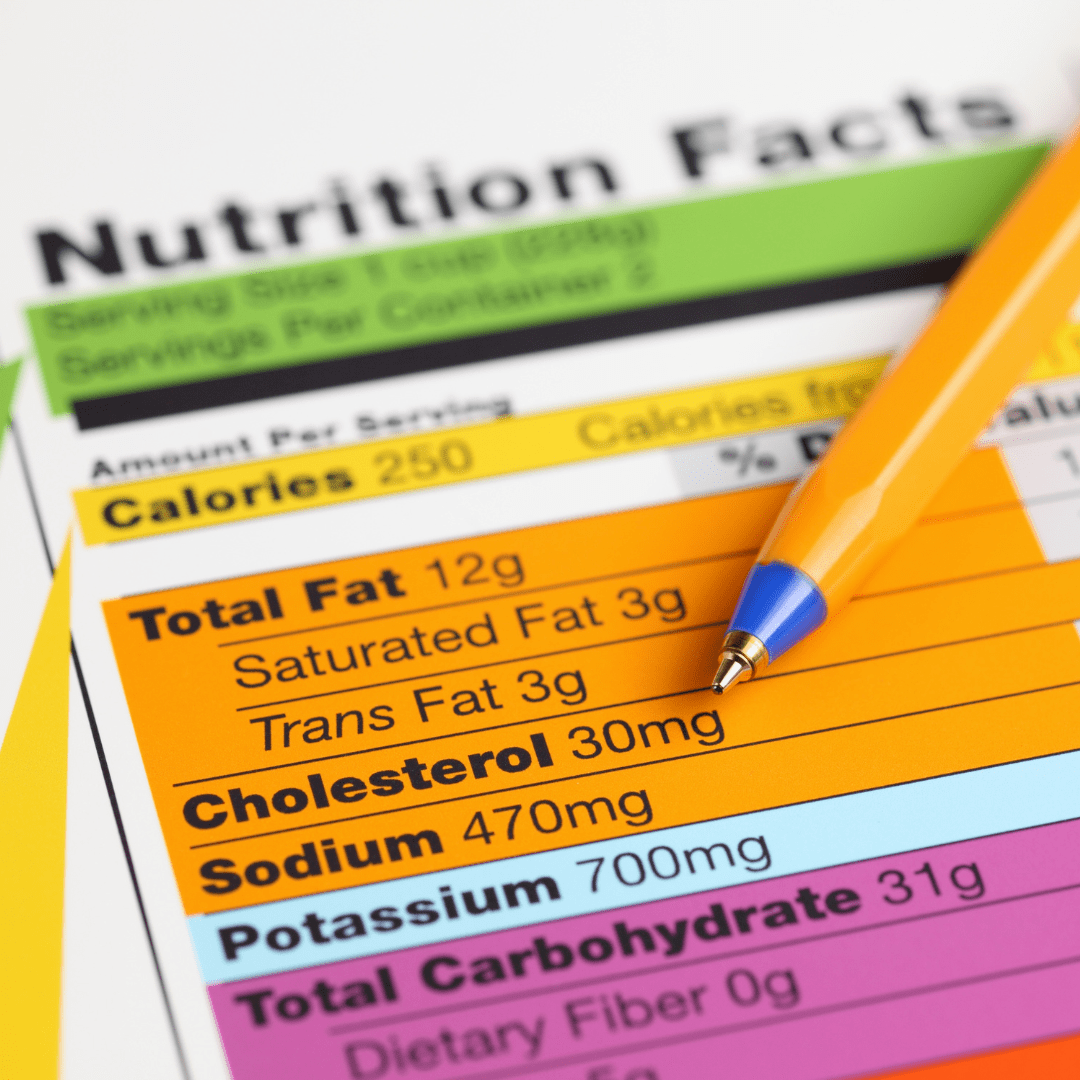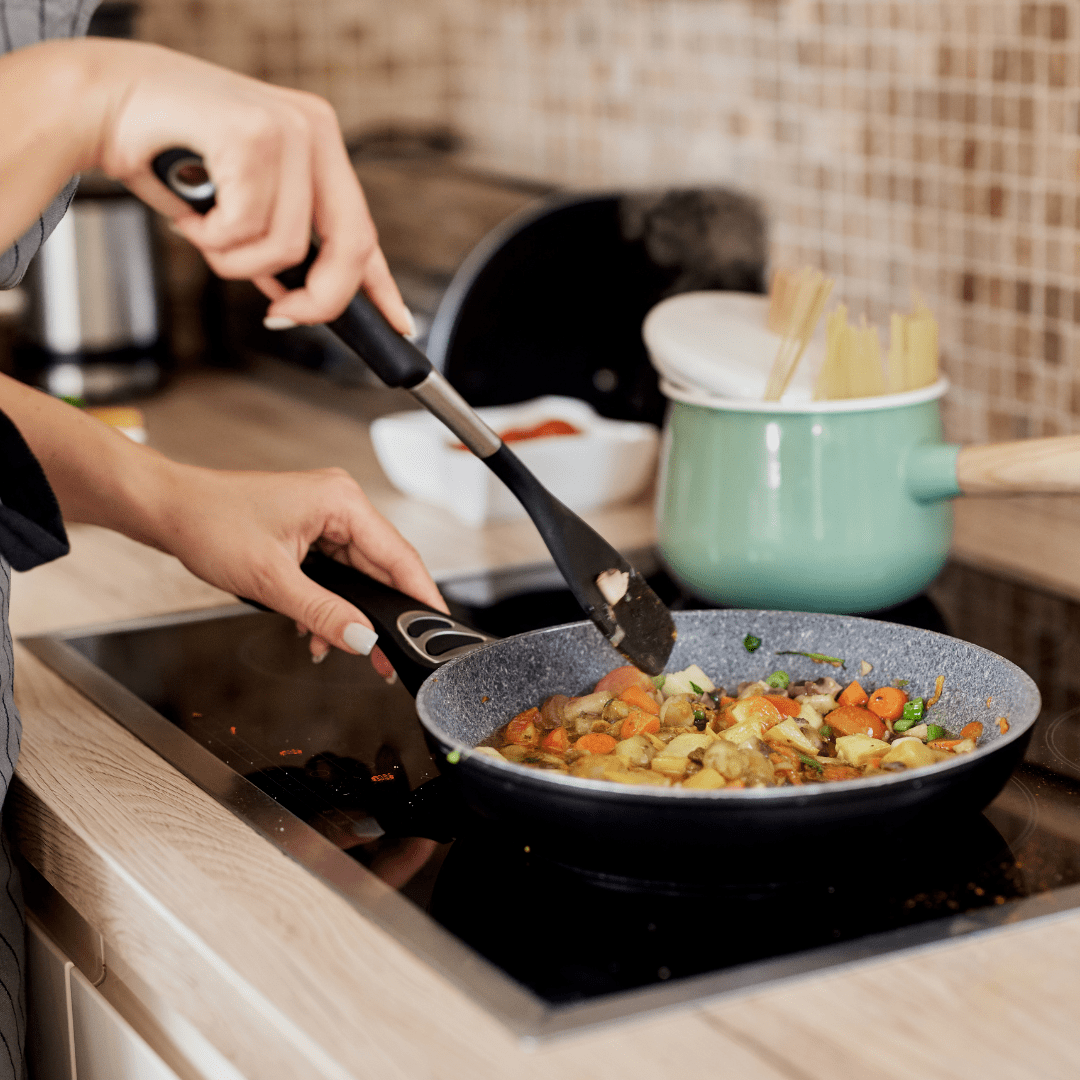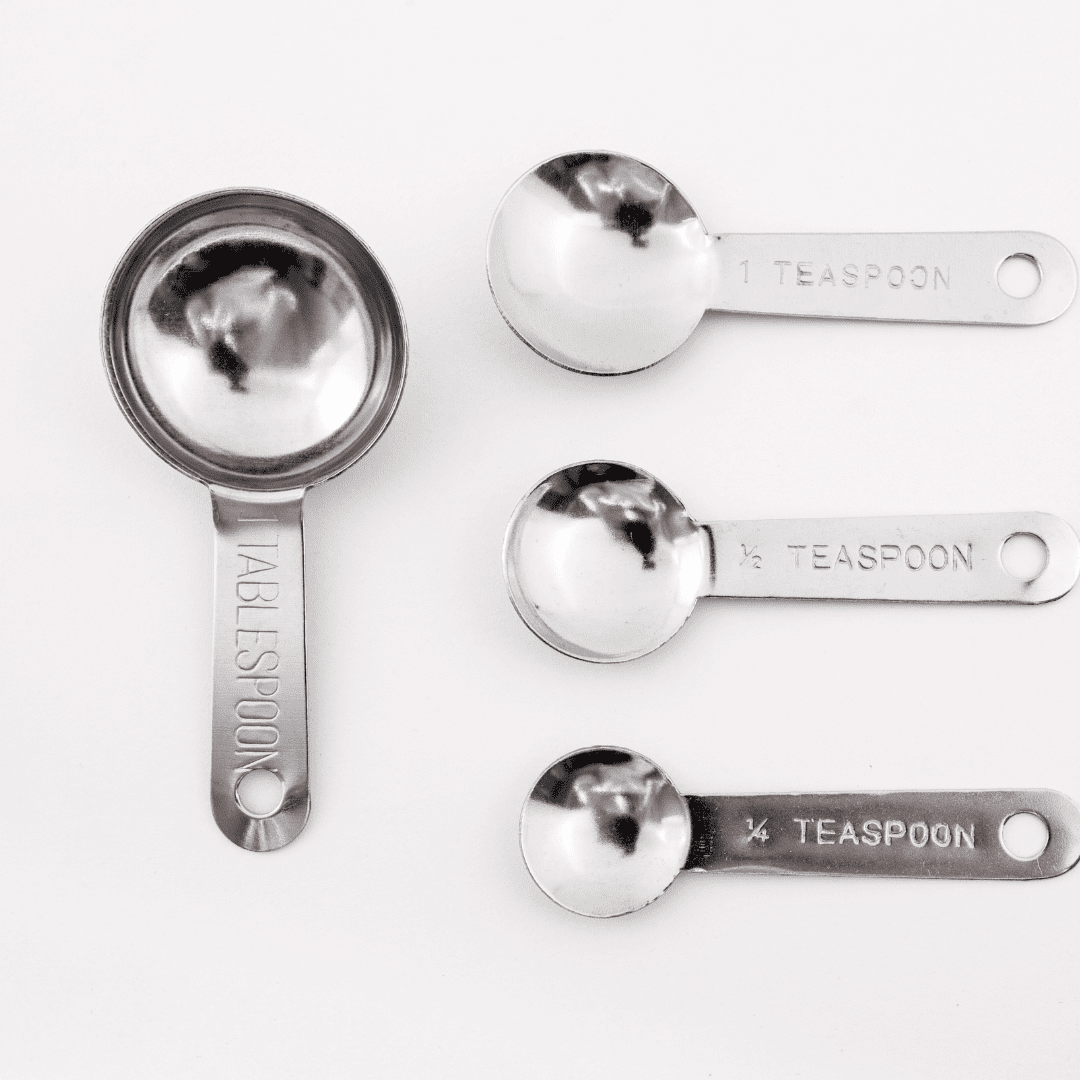Maintaining Your Weight without Tracking
Perhaps you have gotten to a place where you want to stop tracking macros because you either hit your weight-loss goal, are needing a diet break, or simply finding you don’t have the time or the motivation to be meticulously logging everything you eat.
Whatever your reason, I 100% get it. No one wants to weigh and measure their food or be glued to their MyFitnessPal for the rest of their life. Tracking is a tool to use for a certain period of time to achieve a certain goal whether it be fat loss, muscle gain, fueling for performance, or simply learning what foods make you feel your best.
But once you have accomplished your goal for tracking, it’s time to move on to a more intuitive style of eating.

One question people often have when moving from tracking macros to eating more or less ‘normally’ is: “What if I end up undoing all of the progress I just made?”
If you lost weight tracking macros or logging your food, you might think that without the tool - you’ll gain it all back.
After all, it’s estimated that only 20% of dieters end up successfully losing weight and keep it off. I know that’s a scary statistic but it doesn’t mean you are destined for failure. In fact, if you have been tracking for a while - chances are you are better positioned to keep the weight off than people who have very little knowledge of nutrition.
Today, I’m going to share with you my top 6 tips for transitioning away from tracking without regaining the weight. Here it goes!
1. Embrace the Nutrition Knowledge You Have
The first thing to know about moving from logging to eating more intuitively is that you have built a strong foundation of nutrition knowledge that you can use to your advantage during this next phase.
For example, you now know a tablespoon of oil has 100 calories, you can look at a piece of chicken and approximate its weight, and you likely know what the healthiest options are at your favorite restaurants.
These are all important nuggets of knowledge you've obtained, and you won't just forget this knowledge when you stop tracking nor should you! Nutrition still matters whether you have a body composition goal or not, and you can utilize the knowledge you gained while tracking to continue to help inform your food choices even if you aren’t logging it in an app.

2. Scale Back on Tracking
When it comes to transitioning away from tracking, I wouldn’t necessarily go ‘cold turkey’ on it, especially if that brings up anxiety for you. Instead, try only tracking every other day or perhaps move to tracking only on the weekends when you have a bit more time to dedicate to it.
You could also consider only tracking certain meals like your dinners or the foods you eat in the evening hour.
3. Move to Eyeballing Your Portions
Now that you have put away the food scale or the measuring cups you might be wondering ‘how will I know how much to put on my plate?’
Most people are creatures of habit in the types of foods they eat, including the portion sizes they eat. You will likely serve yourself a similar amount of food to what you were eating while tracking because you have made it a habit.
Be okay with eyeballing the portions on your plate knowing your goal is no longer to lose weight which provides more flexibility with your portions. Don’t freak out if you under-portion your chicken or over-portion the amount of cheese you add to your salad. You have reached a phase right now where portion sizes don’t matter as much. Some days you may over-portion for what you need, but other days you will likely under-portion so it nets out.

4. Tune into your Hunger & Fullness Cues
If you are still feeling unsettled by the thought of not weighing and measuring everything you eat, reconnect to another tool; that is your innate hunger and satiety signals. While you may have previously eaten based on external metrics, like how many calories you had left in your budget, it’s now more important to pay attention to your own body’s wisdom. Some people who have dieted for a long time may have gotten completely out of touch with responding to these signals but your body can relearn this.
Think about hunger and fullness on a scale of 1 to 10 with 1 being absolutely ravenous and 10 feeling overly stuffed and 5 being neutral. For weight management it’s best to avoid both ends of the spectrum and begin eating at a 3 or 4 when you are experiencing your stomach rumbling, may begin to lose focus, and either begin to think about food or have a fairly strong urge to eat.
Most people feel satisfied with the amount of food they have eaten at 7 or 8. At this point, your stomach feels full but you can still have a few more bites for the pleasure of it; you also don’t feel uncomfortably full.
Obviously, there will be times when we don’t stay within these ranges but the more you check-in with how you are feeling throughout your meal, the easier it will be to start noticing when you need more or when you need to put your fork down.
5. Monitor Your Weight Changes
Choosing to weigh yourself at regular intervals as you transition to intuitive eating is ultimately your choice. If you worked hard to lose weight, you will likely want to check in to make sure you are maintaining it within a certain range. If you do choose to weigh yourself you can use this data (i.e. trends in your weight) to make sure you don’t undo your weight-loss results.
For clients whose goal is to simply maintain, I’d suggest weighing yourself every week or every other week to ensure you are still eating within your maintenance energy needs.
While gaining back a pound or two after a weight-loss phase is not problematic, if you find your weight is steadily climbing week after week - you may need to make some tweaks to what you’ve been doing. Have you noticed you are eating out more often? Have you added in some additional snacks to your diet?
This doesn’t mean you need to revert back to tracking as soon as your scale weight increases, but it’s beneficial to make an honest assessment of what you’ve been doing differently since you stopped logging your food.
6. Recalibrate on Your Guesstimates, As Needed.

There is nothing wrong with occasionally bringing out your food scale to weigh something or looking up the nutrition information of your fast food meal. While you probably have a good sense for how much something weighs or the caloric density of a food since you tracked for a while, it doesn’t hurt to test your nutrition assumptions.
In fact, if you are trying to maintain your weight - it’s still important to read labels, check serving sizes, and overall be conscious of what you consume on a daily basis even if you are no longer logging it in an app.
I hope the tips I’ve shared have increased your confidence in being able to successfully transition to trusting your body to fuel itself appropriately and maintain your weight.
If you have questions about tracking your macros or eating intuitively and how they can be used in different phases of your health journey - I’d love to connect and learn more about your goals.
Much Love,
Alisa